Archives
- 2025-12
- 2025-11
- 2025-10
- 2025-09
- 2025-03
- 2025-02
- 2025-01
- 2024-12
- 2024-11
- 2024-10
- 2024-09
- 2024-08
- 2024-07
- 2024-06
- 2024-05
- 2024-04
- 2024-03
- 2024-02
- 2024-01
- 2023-12
- 2023-11
- 2023-10
- 2023-09
- 2023-08
- 2023-06
- 2023-05
- 2023-04
- 2023-03
- 2023-02
- 2023-01
- 2022-12
- 2022-11
- 2022-10
- 2022-09
- 2022-08
- 2022-07
- 2022-06
- 2022-05
- 2022-04
- 2022-03
- 2022-02
- 2022-01
- 2021-12
- 2021-11
- 2021-10
- 2021-09
- 2021-08
- 2021-07
- 2021-06
- 2021-05
- 2021-04
- 2021-03
- 2021-02
- 2021-01
- 2020-12
- 2020-11
- 2020-10
- 2020-09
- 2020-08
- 2020-07
- 2020-06
- 2020-05
- 2020-04
- 2020-03
- 2020-02
- 2020-01
- 2019-12
- 2019-11
- 2019-10
- 2019-09
- 2019-08
- 2019-07
- 2019-06
- 2019-05
- 2019-04
- 2019-01
-
The synthesis of target compound RS C is illustrated
2022-04-16
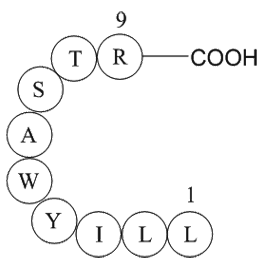
The synthesis of target compound (RS)-C02 is illustrated as Scheme 2. Compound (RS)-3 was synthesized as reported procedures [40] and then reacted with ethyl piperidine-4-carboxylate to yield (RS)-C01, which subsequently was converted to target molecule (RS)-C02 by performing a nucleophilic substitu
-
br Acknowledgements This work has been supported
2022-04-16
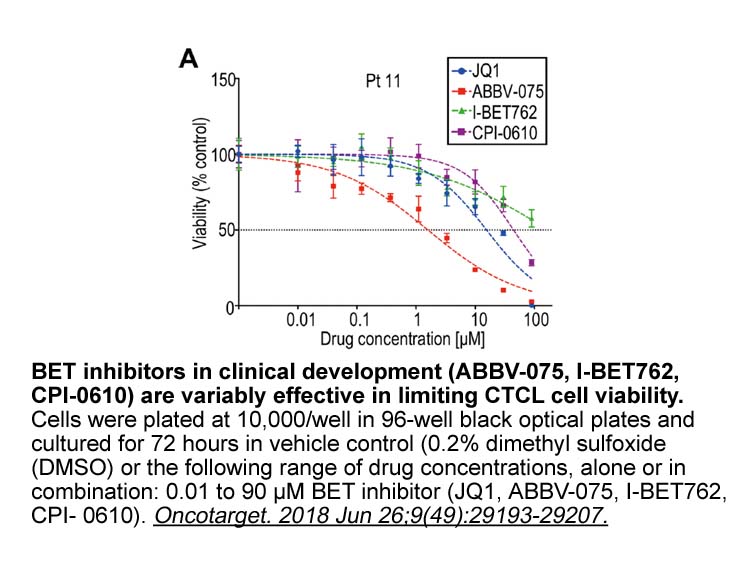
Acknowledgements This work has been supported by TSTAR USDA and Florida Citrus Advanced Technology Program Grants to D.B., C.P and R.S. One of us (D.B.) is an established scientist fellow at the Oak Ridge Institute for Science and Education (ORISE). This research was supported in part by an appoi
-
INCB024360 analogue Several lines of evidence suggest that t
2022-04-16
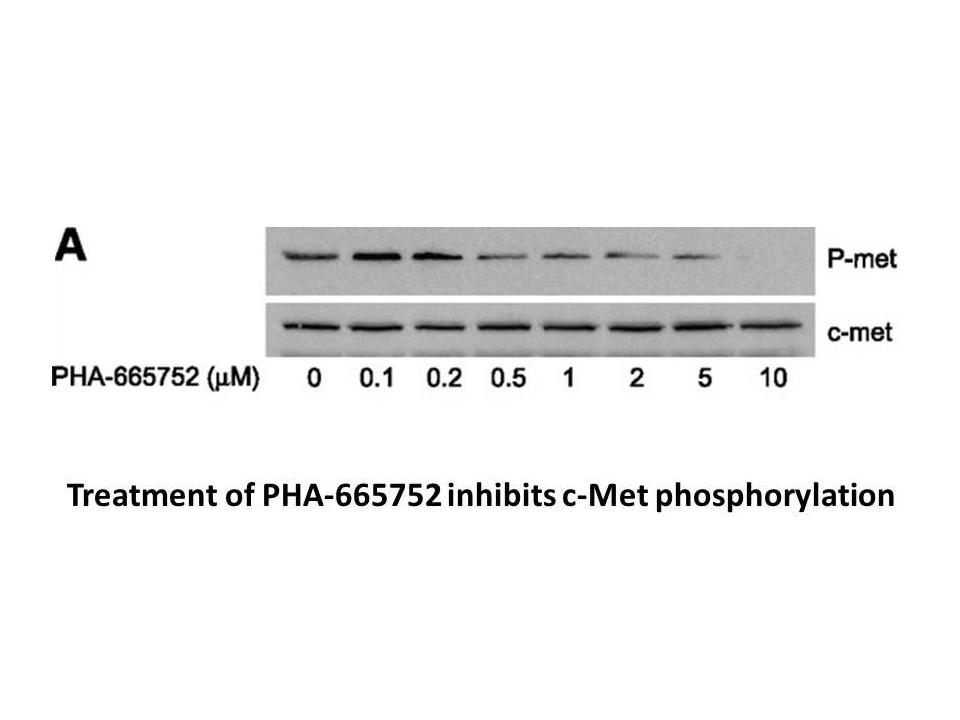
Several lines of evidence suggest that thermosensation in AFD is unlikely to be mediated by thermosensitive ion channels. AFD exhibits a steep temperature dependence with a reported Q of >1015 for temperature-evoked current, implying a strong amplification step in the thermotransduction process (Ram
-
There is abundant literature about different
2022-04-16
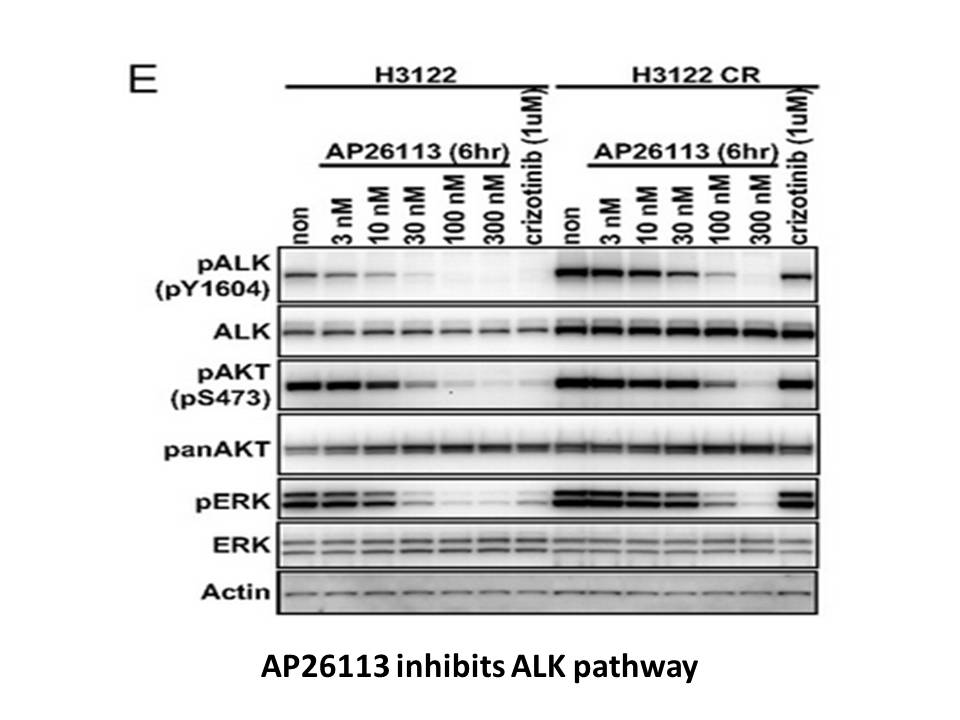
There is abundant literature about different functional aspects of the cannabinoid system (Badal et al., 2017, Balenga et al., 2011, Henderson-Redmond et al., 2016, Nair et al., 2015); however, not a great deal is known about the mechanism by which ethanol impacts its function in connection to the i
-
br Introduction Over the past two decades the
2022-04-16

Introduction Over the past two decades, the prevalence of obesity and obesity-associated metabolic diseases, such as T2D, insulin resistance, atherosclerosis and stroke, have been dramatically increased globally [1], [2], and obesity has been suggested to be the leading cause of the reduced life
-
Patient characteristics are presented in Serum oestradiol le
2022-04-16
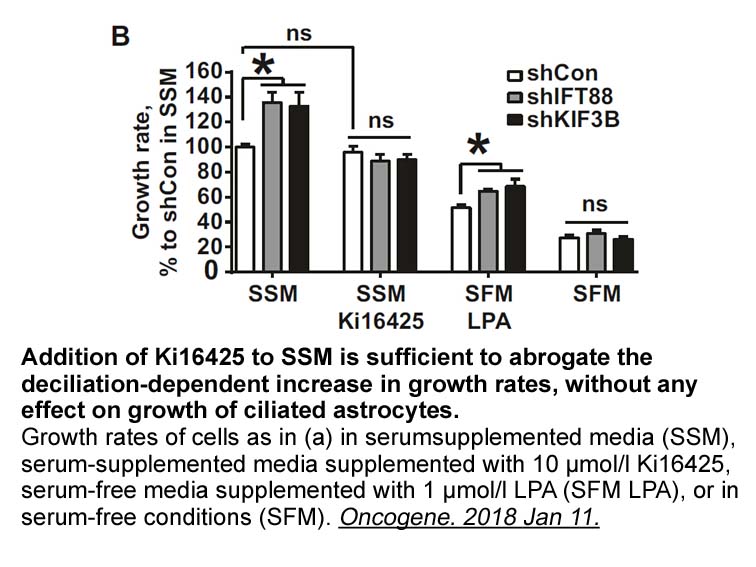
Patient characteristics are presented in . Serum oestradiol levels on the day of oocyte retrieval or warming were higher in group A (253.2 pg/ml) compared with group B (192.6 pg/ml), despite a significantly reduced number of days (mean 3.5 days) taking oestrogens without the addition of progesterone
-
The soluble receptor for advanced
2022-04-16
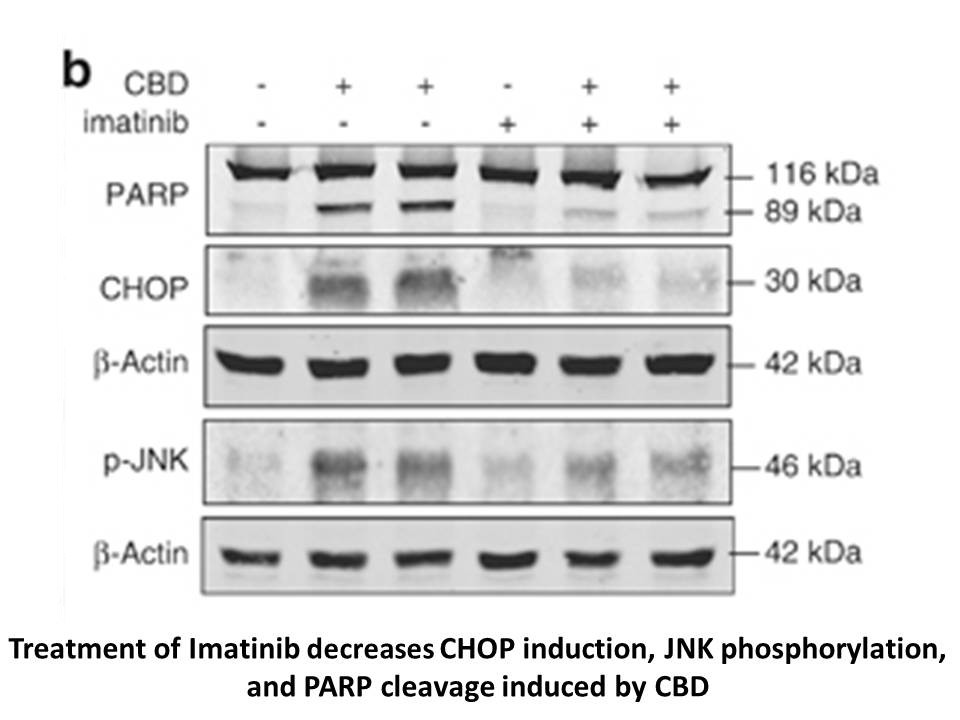
The soluble receptor for advanced glycation end products has been already studied in physiological and pathological pregnancy. In accordance to our previous studies we showed increased sRAGE serum levels in women with threatening premature labor [15] and we described a negative correlation of sRAGE
-
Acute effects of FZ were not altered in
2022-04-15
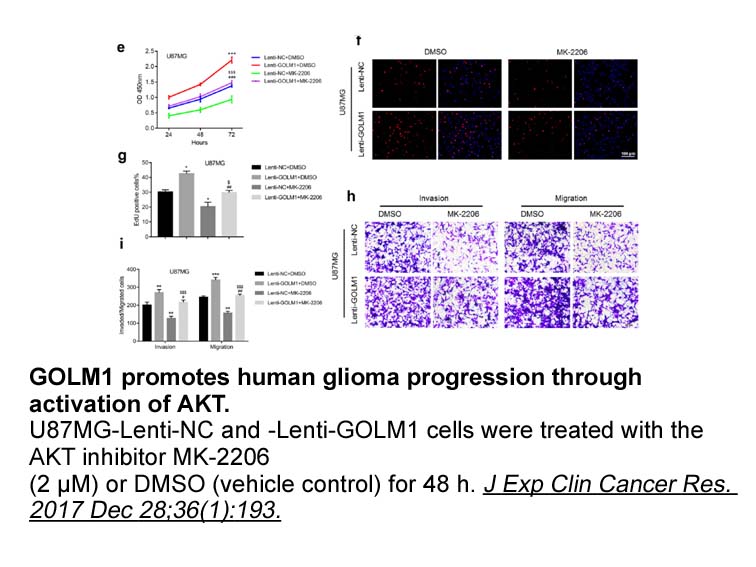
Acute effects of FZ were not altered in GluR-A−/− mice, thus providing a solid basis for comparing the effects of repeated drug administration. In addition, GluR-A subunit deficiency did not affect the basal behavior of saline-treated animals, despite the GluR-A−/− mice having been described as hype
-
A number of models have
2022-04-15
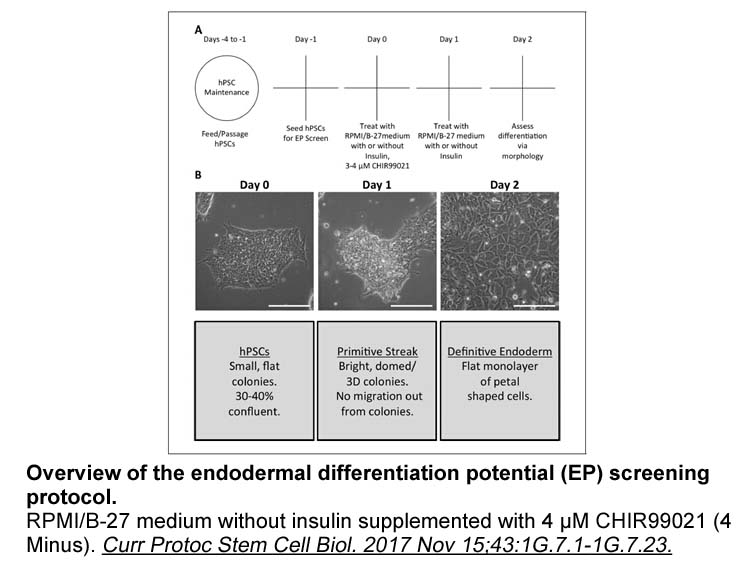
A number of models have been proposed in order to explain the mechanisms of protein transport through nuclear pore complexes. One theory is that the transport is mediated by specific peptide signals known as NLSs. The classical NLSs are short sequences containing a high proportion of the positively
-
To synthesize the azaindole based compound Suzuki coupling o
2022-04-15
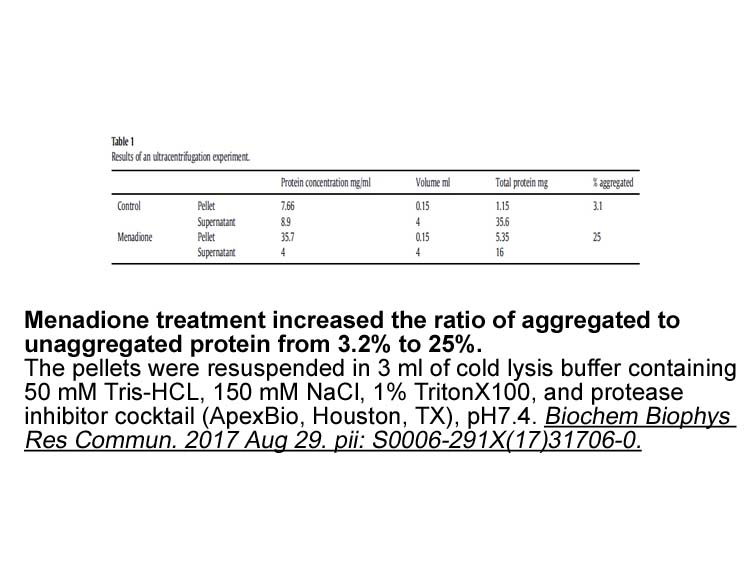
To synthesize the 7-azaindole based compound , Suzuki coupling of 6-chloro-7-azaindole with 4-CFO-phenylboronic BMS-509744 was carried out in the presence of Pd(dppf)Cl·CHCl to supply biaryl in quantitative yield (). Iodination at the C-3 position resulted 3-iodo-7-azaindazole . Alkylation of the -1
-
br Presenilins in protein trafficking proteolysis
2022-04-15
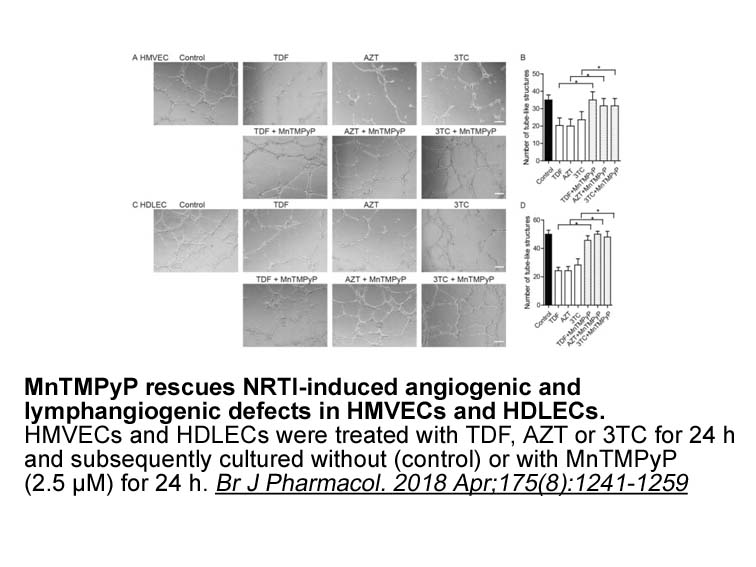
Presenilins in protein trafficking, proteolysis and degradation An obvious explanation for the role of presenilins and γ-secretase in protein trafficking and degradation is that many reported γ-secretase substrates are functionally involved in protein transport. For example, members of the mammal
-
In case where an extreme loop of up
2022-04-15

In case where an extreme loop (of up to 45 nt) is allowed, as in G3 + E3 + XX, however, a G3+GQ loop maximum of 3 was adequate to reach high J-statistic. It continued to increase only up to 6 as the loop maximum. (Fig. 1A) Hence we suggest using a G3+GQ loop maximum between 3 and 6 where an extreme
-
Acute lung injury is present in sepsis
2022-04-15
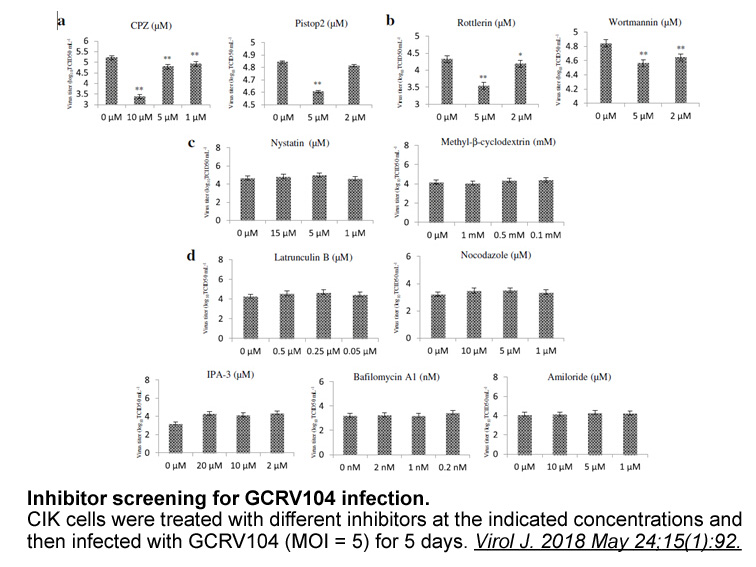
Acute lung injury is present in sepsis and SIRS and is associated with increased pulmonary levels of proinflammatory cytokines and neutrophil extravasation into the alveolar space [19], [24]. Hauser et al. [25] observed that fragmented mitochondria induced pulmonary inflammation via neutrophil activ
-
br Materials and methods br
2022-04-15
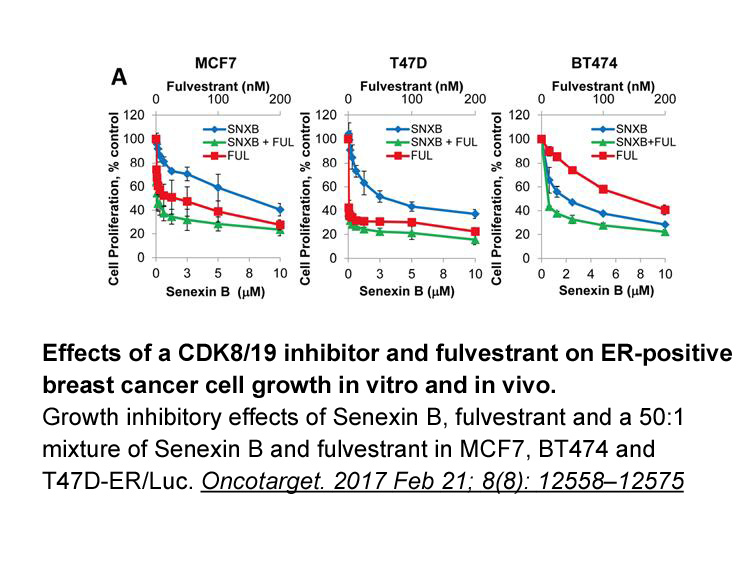
Materials and methods Results Discussion Since early times, herbs and their extracted substances have been used as foods and medicinal resources worldwide (Petrovska, 2012). A Ginger is one of the most important and oldest spices, consisting of the prepared and sun-dried rhizomes of Zingibe
-
br Conclusion br Disclosure of
2022-04-15
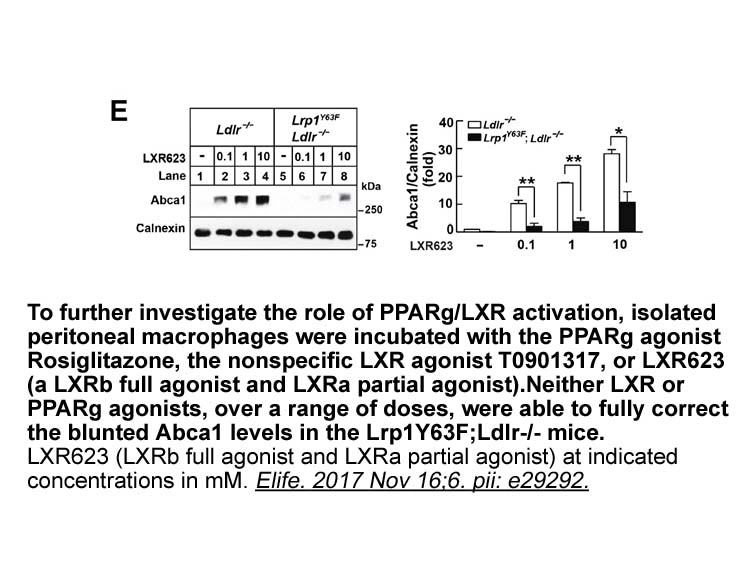
Conclusion Disclosure of interest Introduction The Joint United Nations Program on HIV and AIDS (UNAIDS) proposed the ambitious global goal of achieving the "90-90-90" target by 2020 and ending the HIV epidemic by 2030 (Barton-Knott, 2014). One important measure is to monitor the incidence
15258 records 426/1018 page Previous Next First page 上5页 426427428429430 下5页 Last page